Why the world’s biggest globetrotters are getting a bad wrap!
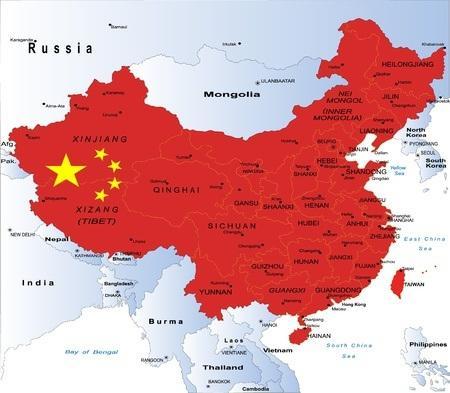
Image credit: bogdanserban / 123RF Stock Photo
If you’ve been living under a rock lately, you may be forgiven for failing to notice there’s a new breed of jet-setter in town.
This unfamiliar travelling species hails from China – the not so unfamiliar territory that can lay claim to host of the world’s largest population (so large in fact, I’m struggling to read the ten digit figure in front of me). Let’s just keep it simple and say this giant of the East is home to “well over” a billion people and counting.
Given that little fact, you won’t be surprised to hear, the Chinese in all their colossal glory have seized the crown as the biggest travellers on the planet!
What is quite remarkable though – is – at this point in time only five per cent of the mammoth population actually holds a passport!
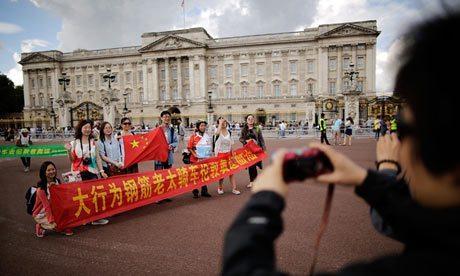
Suffice to say, nearly one in ten travellers today, are Chinese.
And that, right there, is posing quite a problem for much of the rest of the world.
As China’s inhabitants explore the globe at a frantic pace (Chanel handbags slung over their inquisitive shoulders), they’re just as quickly cementing their reputation as being rude, loud and extremely uncouth!
Media outlets increasingly bear headlines protesting the brash, crass and recalcitrant Chinese tourist for vocally and often vulgarly making their mark on the planet!
Several decades ago, the Americans were haunted by similar taunts. Called the “Ugly Americans,” as their passports garnered more stamps, their reputation for being obnoxious and offensive was firmly imprinted on the map.
But now it seems the Chinese have unwittingly highjacked the title from their US competitors.
Just last month the city of Chiang Mai in northern Thailand was up in arms after being inundated by scores of Chinese visitors displaying behavior that locals have labelled disturbing and rude.
Countless tourists took over Chiang Mai University, sneaking into classes and causing chaos in a bid to follow in the footsteps of the 2012 movie “Lost in Thailand” which was filmed on the campus and the highest grossing movie ever released in China.
The tourists were blamed for spitting, littering and flouting traffic laws in the normally peaceful Thai city.
But, what the Chinese visitors lack in sophistication, they certainly make up for in dollars.
In 2013, Chinese tourists spent $129-billion; and with the number of Chinese tourists set to DOUBLE by 2020, make no mistake everybody’s scrambling for a piece of the action.
China is currently Australia’s fastest growing and most valuable inbound market.
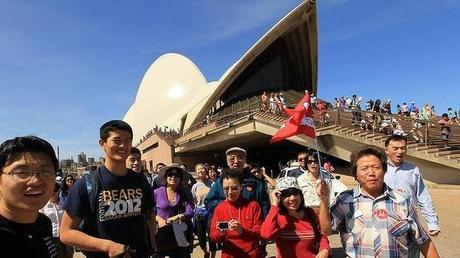
To cater for this new wave of tourists – flights are being increased around the world and direct routes to China’s top cities added into the system. Visa restrictions are being lifted – (according to the Economist, in 2013, Chinese citizens could visit just 44 other countries without prearranged visas, while Taiwanese could visit over 130, Americans and British over 170).
Retailers are busy making sure they are set-up to accept China’s currency and main credit card, Union Pay; and luxury hotels are employing Mandarin speaking staff and making it standard practice to offer ‘congee’ for breakfast, instant noodles, slippers and a kettle for making tea in rooms.
A friend of mine sensing the urgency for translation services for travellers both inbound and outbound from China, has created a service ‘Understood, Be Understood‘ providing a 24/7 hotline for tourists in need of an interpreter.
These newly minted millionaires are throwing off years of isolation from the rest of the world and desperately craving a slice of the West! Cashed up and eager to see the world, they like it no less than luxurious!

It’s all about the big brand names, designer labels, VIP events and authentic experiences.
There’s even a name for them – ‘Tuhao’ – these cashed-up travellers are known to have a taste for anything expensive or gaudy.
If you want to read more about the Chinese love affair with brands click on my post Design of the Times here.
The popular perception is that Chinese often travel in large tour groups and are renowned for being pushy, jumping queues and ignoring rules. On flights, they jump up before the plane has even landed and seatbelt signs are off. They don’t wait to be seated in restaurants and frequently like to sleep in hotel lobbies…. and when they’re not sleeping, they’re conspicuous with their raucous talking at earsplitting levels.
Berated for letting their children urinate and defecate in public swimming pools; they often toss their cigarettes butts on the floor, spit in public and slurp their food…and in general manners that are deemed socially acceptable in the West, elude them.
The unruly behaviour isn’t lost on the Chinese government, who whilst encouraging travel with 70 new airports to be built next year, has also put out a “guide book” for nationals travelling overseas.
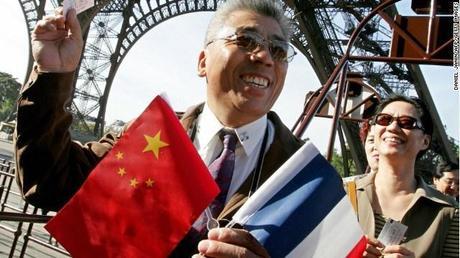
It advises locals on things like not forgetting to flush the toilet after use, don’t leave footprints on the toilet seat or pick their noses and sneeze in public!
So who are these new tourists and why are they behaving badly?
A sociology professor at Beijing University, Xia Xueluan says, China still hasn’t caught up with its own development – taking place at breakneck speed.
Rising from a third world country to extreme prosperity at such an accelerated pace means “a lot of its people behave in ways that seem ridiculous to others,” he says.
In a bid to move the country from one based on rural exports to one in demand for its products, urbanization is occurring at a steady rate with the government’s sweeping plan to move 250 million rural residents into newly constructed towns and cities over the next dozen years.
In the late 1970s, fewer than 18% of its citizens lived in cities; today – for millions it’s a new world in the city, with new money at their fingertips.
A weekend trip to the third tier city of Wuhan in central China last year was a classic example. With a burgeoning population of ten million, the city was under a cloud of construction, but despite the emerging skyscrapers and glossy designer stores, it was clearly evident this was a city where many of its inhabitants were out of place. For more on this have a look at the post I wrote, ‘Do All Roads Lead to China’ here.
For the most part, the average person in China has never had any experience with the western world. A Communist country living in seclusion from the rest of the globe means – in the past – Chinese nationals haven’t been exposed to English movies or watched American TV programs…. and until recently China wasn’t on the map as a popular tourist destination.
A foreign face was for all intents and purposes a rare and exotic occurrence.
Even now, mainland Chinese travelling south to Hong Kong (just over the border) often appear shocked and intrigued by my blonde hair or Ava’s blue eyes and pale skin. They scurry over frantically trying to take photos, touching and grab at us, without given any thought to asking permission or invading our personal space.
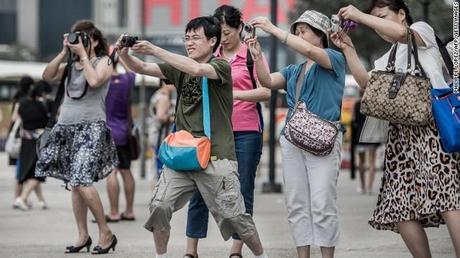
The middle aged or older tourists in particular – by and large deprived of education during China’s politically tumultuous times – are more prone to this extraordinary behaviour. Many are simply unfamiliar with the countries they are visiting — their basic knowledge of its culture, outdated.
Younger generations of Chinese are savvier – independent and affluent – but even with the revolution of the online world, social media platforms like Facebook and Twitter are still banned in China and many western websites outlawed, meaning exposure remains somewhat limited.
There’s also a general consensus by the western world that the rule of law in China is at best as hazy as the air in China itself.
The excuse bandied about is ‘they can’t know any better’ — but some are growing weary of this ongoing defense for rebellious conduct away from home turf.
In Hong Kong, 41 million Mainland Chinese visited last year and residents are reaching the end of their tether. The animosity between the two has been simmering for some time and the friendship is about to reach boiling point. (For background info on the China/Hong Kong relationship click here.)
Just recently, a Chinese visitor (apparently unable to find a toilet) let her child urinate (into a nappy) on a busy, public street in Mong Kok and has been vilified in the media ever since, doing nothing to stem the growing tide of anger.
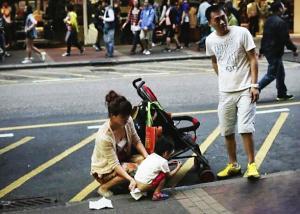
Sensing it’s the last straw, the city’s Commerce Secretary has urged Hong Kongers to help educate mainlanders in good manners rather than pointing accusatory fingers at them.
But is ignorance a justifiable excuse for a continual poor code of conduct abroad?
Is it time Chinese travellers started pulling their finger out and earning respect on the world stage?
Or, do we need to cut this culture of people who’ve really only been travelling since 1997 some slack?
Is it too much to expect the same standard of etiquette the world over….in a world where things are anything but universal?
Would you know how to behave in their country? Do you know it’s rude to blow your nose at the table or stick your chopsticks in your rice in China?
Either way, it’s time to reach some middle ground.
With the world as their playground, the Chinese globetrotter is here to stay…


